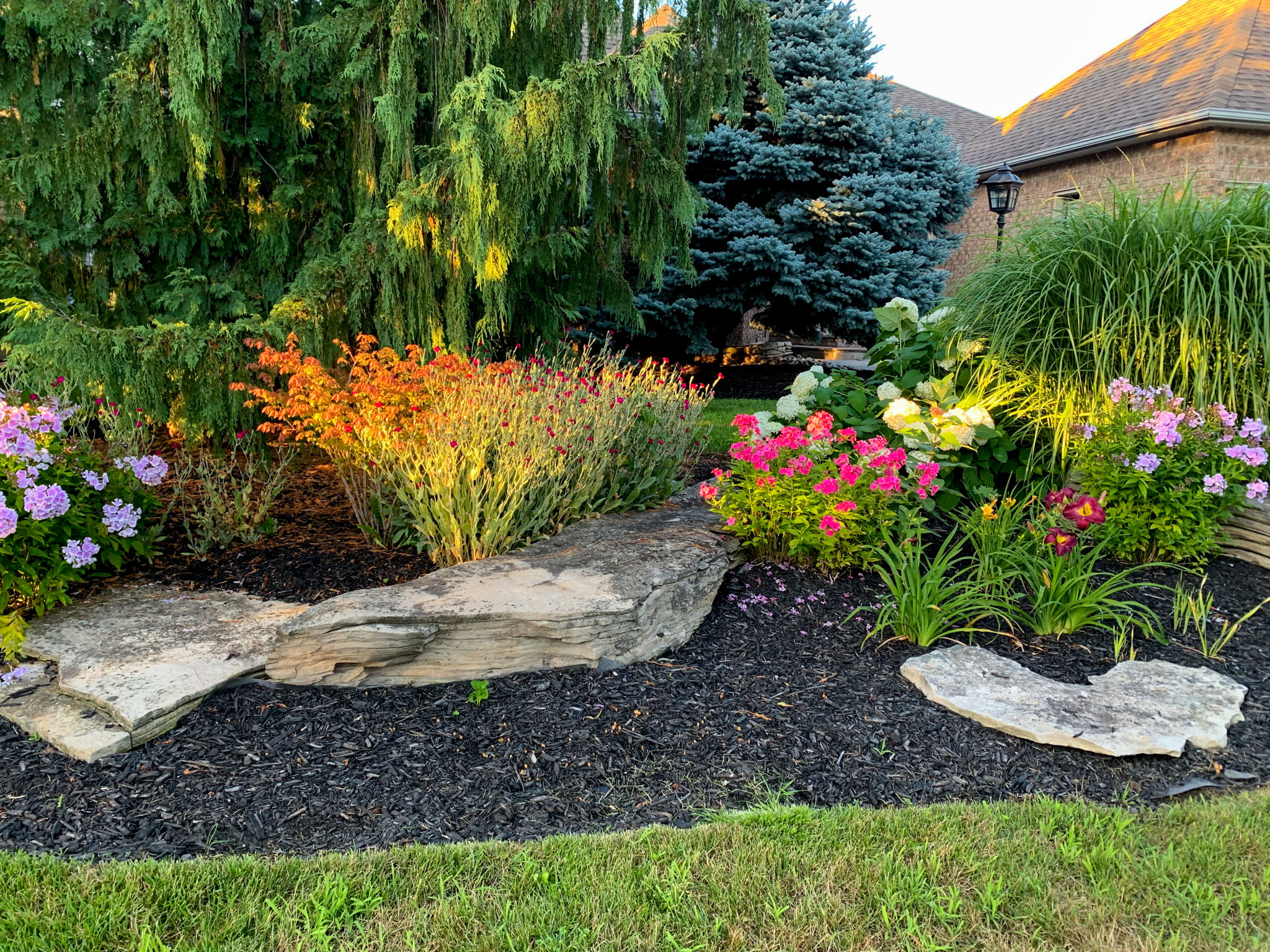DIY Tree Pruning Tips for Homeowners in Dunfermline
Understanding the Basics of Tree Pruning
Tree pruning is an essential part of maintaining the health and aesthetics of your garden. For homeowners in Dunfermline, understanding when and how to prune can make a significant difference in your landscape’s appearance. Pruning involves removing dead or overgrown branches to encourage new growth and improve the tree's structure.

When to Prune Your Trees
Timing is crucial when it comes to tree pruning. Generally, the best time to prune most trees is during their dormant season, typically in late winter or early spring. This timing helps avoid the spread of diseases and reduces stress on the trees. However, some species may require different timing, so it's important to research the specific needs of your tree species.
In Dunfermline, where the climate can be unpredictable, it's wise to avoid pruning during periods of extreme cold or wet weather. Pruning during these times can expose your trees to infections and other issues.
Essential Tools for Pruning
Having the right tools is essential for effective pruning. Here’s a list of basic tools every homeowner should have:
- Pruning shears: Ideal for small branches and shrubs.
- Loppers: Useful for thicker branches up to 2 inches in diameter.
- Pruning saw: Necessary for larger limbs.
- Gloves: Protect your hands from thorns and rough branches.

Pruning Techniques
Understanding different pruning techniques can help you achieve the best results. Here are some key techniques:
- Thinning: Removing specific branches to improve air circulation and light penetration.
- Reduction: Reducing the size of a tree by trimming back to a lateral branch.
- Raising: Removing lower branches to provide clearance for pedestrians, vehicles, or views.
It's essential to make clean cuts at the branch collar to promote healthy healing. Avoid leaving stubs as they can become entry points for pests and diseases.
Safety Considerations
While pruning can be a satisfying DIY project, safety should always come first. Use a stable ladder if you need to reach high branches, and never attempt to prune near power lines. If you're unsure about tackling large or complex jobs, consider hiring a professional arborist.

Caring for Your Trees Post-Pruning
After pruning, it’s crucial to care for your trees to ensure they remain healthy. Watering deeply but infrequently can help encourage strong root growth. Applying mulch around the base of the tree can also help retain moisture and regulate soil temperature.
Regularly inspect your trees for signs of stress or disease, especially after heavy pruning. Early detection can prevent more significant issues down the line.
The Benefits of Regular Pruning
Regular tree pruning not only improves the health and appearance of your trees but also enhances the overall aesthetics of your garden. Well-maintained trees can increase property value and create a more enjoyable outdoor space for you and your family.
By following these DIY tree pruning tips, homeowners in Dunfermline can effectively maintain their gardens and enjoy lush, healthy trees year-round.
